Improving HVACR and IAQ control systems with innovative IIoT sensors
Article #2 of our Industrial IoT revolution series: The purpose of HVACR, and IAQ systems is to create a comfortable, and secure environment indoors. But to do so, these systems require accurate feedback of the environment variables.
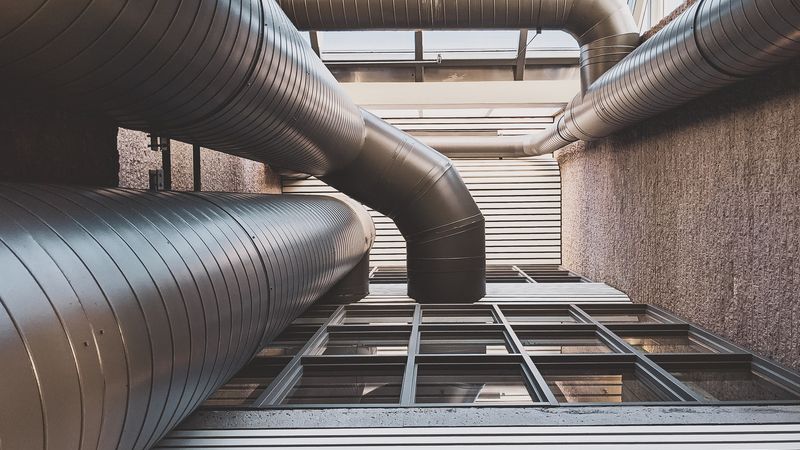
This is the 2nd article in a 6-part series featuring the connectivity technologies that are enabling the Industrial IoT revolution. The series introduces and explains the applications of wired and wireless connectivity technologies in various industries. This series is sponsored by Mouser Electronics. Through its sponsorship, Mouser Electronics shares its passion for technologies that enable the continued sustainable growth of Industrial IoT.
Humans are sensitive to environmental conditions like heat, humidity, lighting, and acoustics. In an effort to control these conditions and make a comfortable living environment, Building Automation Systems (BASs) were developed.
Over the last couple of years, factors like uncertainties in the supply chain, climate change, and constantly rising energy prices have created the need to digitize Heating, Ventilation, Air Conditioning, and Refrigeration (HVACR) and Indoor Air Quality (IAQ) systems. To ensure maximum safety, comfort, health, convenience, and efficiency, future Building BASs need to be resilient to pandemics and other shocks and stressors.

The distributed control system of a BAS that includes various sensors, actuators, controllers, and other appliances required to monitor and maintain the indoor climate can greatly benefit from the ongoing Industrial IIoT revolution.
In this article, we are going to take a look at the sensing technologies and solutions that enhance the overall functioning of HVACR, IAQ equipment, and other BASs. We shall showcase some products by Amphenol Corporation as an example to explain the technologies that enable this IIoT revolution.
HVACR and IAQ systems for comfortable and healthy living
Temperature, humidity, air velocity, and air quality are the four most important factors that affect the comfort of people living in a building. BASs can be engineered to maintain these parameters within a fuzzy range to create a comfortable environment.
HVACR is a term that refers to the appliances that control the temperature, humidity, and airflow in a specific area. These appliances almost always make use of closed-loop control schemes that are governed by feedback.
By measuring refrigerant pressure in air conditioning, heating, or other refrigeration systems, technicians or smart systems can diagnose a variety of operating problems like a refrigerant leak and over/undercharging of the refrigerant.
Refrigerant pressure readings are measured with the help of appropriate sensors at the air conditioning compressor/condenser unit. If readings are found to be too low on the high-pressure side (compressor output) or low-pressure side (compressor input or suction line), this indicates a problem with the compressor's ability to develop normal operating pressure ranges which ultimately affects the cooling capacity of the air conditioning system.
In a healthy HVACR system, a typical number is a -5°C to -5.5°C difference from the supply air and return air. Professionals call this temperature difference the evaporator Delta T, the difference between two related temperatures. A lower Delta T can indicate a low refrigerant charge whereas a higher value can be an indicator of low indoor airflow resulting in lower efficiency.
Another important aspect of creating comfortable indoor environments is related to the quality of air. Indoor pollution sources, which release gasses, particles, or mold, are the main cause of indoor air quality problems. Inadequate ventilation also increases indoor pollutant levels because not enough outdoor air is brought into the indoor space to dilute emissions from contamination sources. High temperature and humidity levels also increase the concentrations of some pollutants.
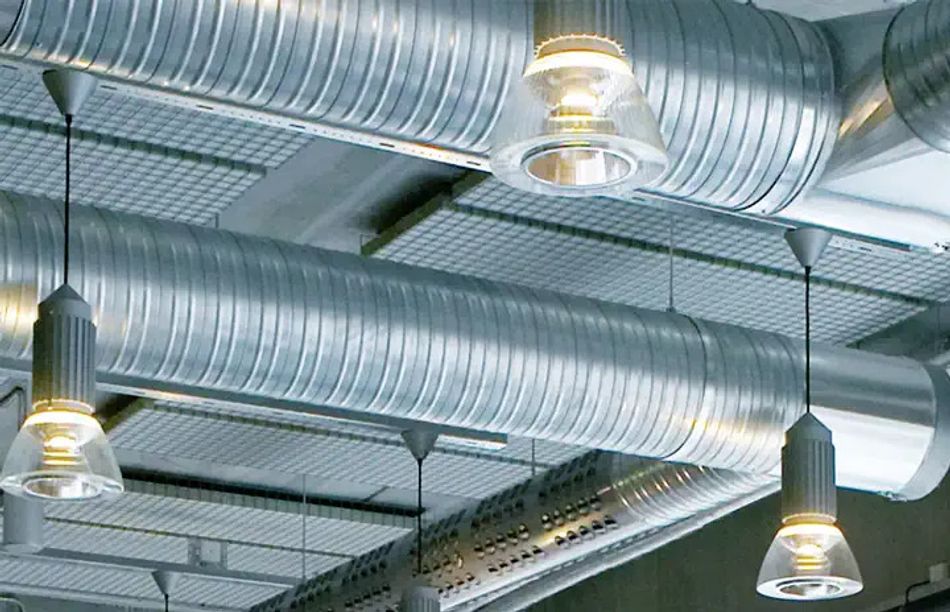
Health effects from indoor air pollutants may be experienced soon after the exposure or even years later. Understanding and controlling common pollutants indoors helps reduce the risk of health issues.
IIoT sensors enable optimal control of HVACR and IAQ equipment
In recent years, IIoT has revolutionized the monitoring, analysis, and control of HVACR systems. It provides advantages in energy efficiency, remote monitoring, comfort, and easier maintenance. Instrumentation systems enable data collection via physical sensors and the internet allows data retrieval from anywhere leading to optimum equipment monitoring and control. IIoT enables control systems to respond proactively based on data from sensors. With tangible data, BAS design engineers can create more optimized HVACR sequences for better IAQ.
Detecting airflow restrictions with pressure sensors
Sensors, such as refrigerant coolant temperature devices, measure pressure and temperature of the condenser and receiver/drier unit to maximize performance in HVACR systems. Air filtration systems too, periodically experience airflow restrictions. Rather than hunting down the areas restricting the airflow, HVACR systems can implement Filter Air Restriction (FAR) sensors to save time and effort.
IAQ sensors monitor total Volatile Organic Compounds (tVOCs) and CO2 equivalent variations in confined spaces. This sensor enables ventilation control, and increased energy savings, at a low cost of ownership. Finding airflow problems can be simplified by using FAR sensors which accurately measure pressure loss across a variety of air filtration devices. These devices utilize accurate, Negative Pressure Atmosphere (NPA) piezoresistive technology.
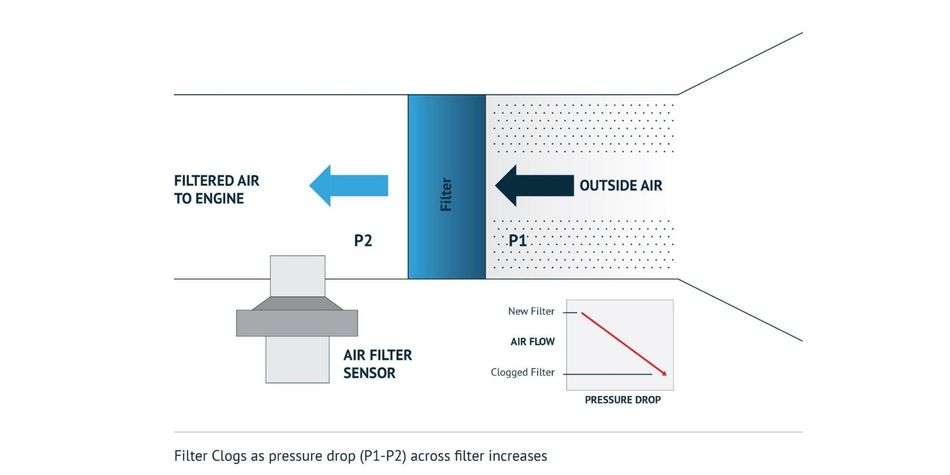
Pressure sensors can be micro-machined, absolute, sealed, and gauge types for harsh or benign media that need high accuracy. These sensors need to be robust, with a variety of fittings. The sensors can typically measure pressures from 20.68 kPa to 51710.68 kPa and are perfect for automotive, industrial, and commercial applications.
Applications of these sensors can be made in pumps, compressors, irrigation, generators, automotive process control, hydraulics, and more.
Temperature measurement and regulation for comfort
Thermistors are critical for temperature measurement in HVACR and IAQ systems. Thermistors are electrical devices that exhibit a change in their electrical resistance with temperature. The temperature-resistance relation follows a logarithmic function.
Measurement of the thermistor’s resistance can be used to estimate the ambient temperature of the sensor. Glass encapsulated thermistors are more stable than Resistance Temperature Detectors (RTDs). Negative Temperature Coefficient (NTC) Thermistors should meet the Ingress/International Protection 68 (IP68) standard rating which means that the sensor can withstand dust, dirt, sand, and immersion up to a maximum depth of 1.5m underwater for as long as 30 minutes. NTC Thermistors are used for ventilation, refrigeration, under-floor heating, water heaters, and heat pumps. NTC thermistor sensors may be hermetically sealed in glass for high temperatures going up to 150°C.
Submersible sensors keep the performance of electrical machines in check
The sensors that are used to measure temperature and pressure values have submersible and oil-proof versions suitable for engine and gear oils used in the automotive industry and in most liquid/gaseous media. They are small and lightweight devices with housing.
Housings are usually made of stainless steel or aluminum with a stainless-steel silicon measurement sensing element (which also comes with a stainless-steel membrane). The operating temperature range is typically -40°C to +125°C.
Applications of these sensors include measurement and testing in motors, commercial vehicles, braking systems, and powertrains. High precision versions of these sensors are also available in the market.
Integrated IR (INIR) gas sensors for the detection of refrigerant
Refrigerant gas sensors are governed by a microcontroller and software to enhance reliability while minimizing the probability of faults. Designers incorporate infrared sensors into their gas detection instrument to significantly reduce the development time and expertise required during the design and implementation phase resulting in a fast time to market. Some gas sensors use an algorithm to minimize the effect of condensation/humidity on them.
Monitoring humidity for better IAQ
IAQ is measured with humidity, temperature, as well as CO₂ sensors, to ensure standards for human comfort and health indoors. Human comfort depends on the interaction of multiple variables, so instead of managing only the temperature, optimizing relative humidity, temperature, and CO₂ by measuring IAQ satisfies comfort requirements for occupants. Facility managers constantly monitor IAQ in order to properly store medication, protect their staff, and maintain isolation room integrity.
Another IAQ issue is related to exposure to mold. Exposure to the fungus and its spores can cause a variety of health effects and symptoms, including but not limited to allergic reactions.
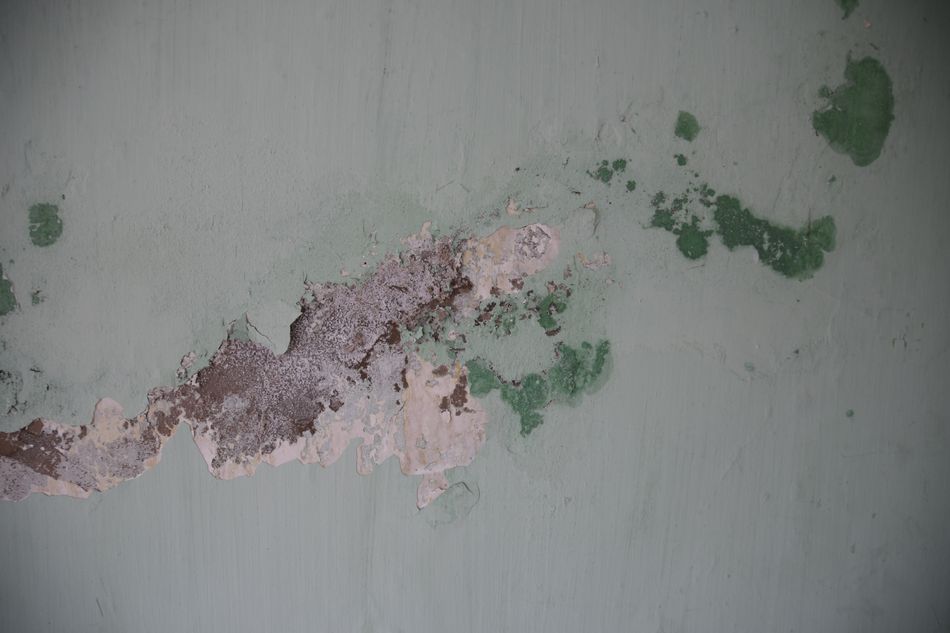
Molds can usually produce allergens that may trigger allergic reactions or even asthma attacks in people allergic to fungus. Some other molds produce potent toxins and/or irritants. Potential health concerns are an important reason to prevent mold growth and to remediate any existing indoor mold growth. The best way to control mold growth is to control moisture.
Controlling automated airflow in HVACR systems
HVACR control heads provide the voltage, that in most cases, is lower than the system voltage. Most Electronic Climate Control (ECC) actuators have a potentiometer geared to the blower motor's drivetrain. The potentiometer determines the position of the blend air temperature door which controls the discharge air temperature by modulating coolant flow to the heater core. Endless rotation potentiometers are ideal for HVAC systems.
In a vehicle or HVACR system, potentiometers are a low-cost means to actuate HVACR doors with a motor rather than a cable. Actuators control the mode, blend, and recirc doors of these systems.
Vibration analysis for monitoring electrical machines
Vibration analysis is a condition monitoring technique that is used to detect mechanical problems in electrical machines. It can discover and diagnose a wide range of problems related to static and rotating machines including unbalance, misalignment, sleeve-bearing problems, and resonance issues.
Electrical machines generate a distinct pattern and intensity of vibration. During a fault, excess noise and shaking takes place which signals a problem. The reactionary move should be getting the equipment serviced immediately. Being proactive and pinpointing the issues before they arise maintains a machine’s health and integrity.
Sensors are mounted on electrical machines to gather data for the assessment and monitoring of the machine’s health quickly and accurately. Obtaining a full-spectrum vibration signature in three axes (horizontal, vertical, and axial) on both ends of the motor through an accelerometer can assist in predictive maintenance of the system.
Amphenol’s IIoT sensors and solutions for HVACR and IAQ systems
Amphenol sensors meet the challenge of developing sensing technologies and embedded measurement solutions for regulatory and industry-driven applications. Here are some sensors developed by Amphenol companies that aim to solve a variety of different sensing and monitoring requirements in different industries:
ELV Analog and Digital Pressure Sensors by Amphenol All Sensors (AAS)
AAS ELV Analog and Digital pressure sensors come with ultra-low pressure CoBeam2™ technology using an innovative sensing-element providing stability for low and ultra-low pressure ranges from +/-0.5 psi in H2O to 150 psi and +/-2.5 mbar to +/- 10 bar. Designers can customize calibration and pressure ranges with AAS: ELV Analog and Digital Pressure Sensors.
A digital interface enables simple sensor integration into various process control and measurement systems allowing direct connection to serial communications channels.
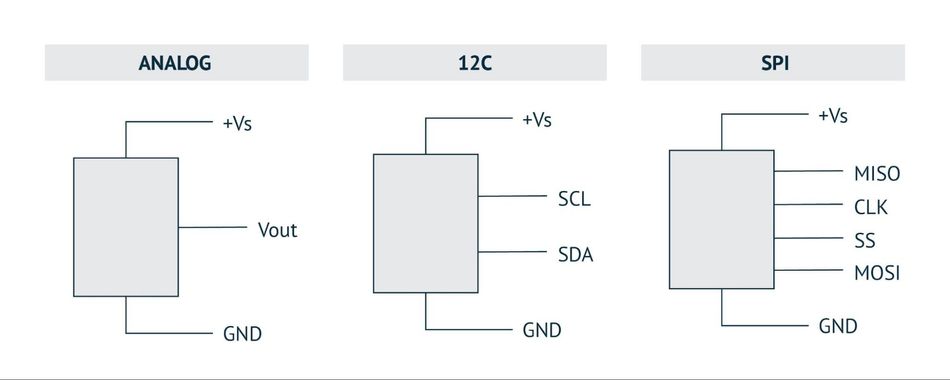
These calibrated and compensated sensors provide accurate, stable output over a wide temperature range spanning -25°C to +85°C. This series is for use with non-corrosive, non-ionic working fluids such as in air and other dry gasses. A protective parylene coating is optionally available for protection against moisture or harsh media.
VSP Oil Pressure Sensors by Amphenol i2s
Amphenol i2s VSP Oil Pressure Sensors are designed for oil pressure applications. The sensors feature a robust and submersible design, making them suitable for various oil pressure applications. The series of sensors can measure absolute or relative pressures up to 600 bar. The components offer very precise and stable measurements at temperatures up to 150°C.

NovaSensor FMA FAR Sensors by Amphenol Advanced Sensors
Amphenol Advanced Sensors NovaSensor FMA FAR Sensors accurately measure pressure loss across a variety of air filtration devices. Amphenol Advanced Sensors FMA sensors use high accuracy NPA piezoresistive technology in a low-profile form factor that is easy to install and maintenance-free.

Telaire T9501 for humidity and temperature monitoring by Amphenol Advanced Sensors (AAS)
AAS Telaire T9501 is an advanced, cost-effective humidity and temperature sensing solution for any type of harsh-environment application. These sensors are based on a capacitive polymer sensor chip and Application Specific Integrated Circuit (ASIC) integrated into an easy-mount Original Equipment Manufacturer (OEM) package.

Each sensor is individually calibrated and tested to be ready for use without any further compensation.
These sensors come with an IP67 rating and use Modbus as a data communication protocol for use with Programmable Logic Controllers (PLCs). Modbus was developed for industrial applications and is easy to deploy and maintain compared to other standards.
Check out the complete portfolio of sensors offered by Amphenol companies by visiting the official website of Mouser Electronics.
Conclusion
As the proportion of time spent by humans in the indoor environment increases, it gets more challenging to maintain good air quality for a healthy and productive life. IIoT systems are best for collecting data, predicting ventilation states, and providing alerts and recommendations to the end-user.
The COVID-19 pandemic presented an opportunity to accelerate the use of smart building technology, to ensure that buildings are designed to reduce the spread of airborne diseases. Advances in BAS, smart components and sensors enable spaces with a high degree of flexibility and adaptability.
This article was initially published by Mouser and Amphenol in an e-magazine. It has been substantially edited by the Wevolver team and Electrical Engineer Ravi Y Rao. It's the second article of a 6-part series examining connectivity technologies enabling the IIoT revolution. Future articles will introduce readers to some more interesting applications of connectivity technologies in various industries.
Article one explained how electrical interconnects are engineered in data centers to deliver high power in a small footprint.
Article two was about the sensing technologies used in Building Automation Systems
About the Sponsor: Mouser Electronics
Mouser Electronics is a worldwide leading authorized distributor of semiconductors and electronic components for over 1,100 manufacturer brands. They specialize in the rapid introduction of new products and technologies for design engineers and buyers. Their extensive product offering includes semiconductors, sensors, interconnects, passives, and electromechanical components.

